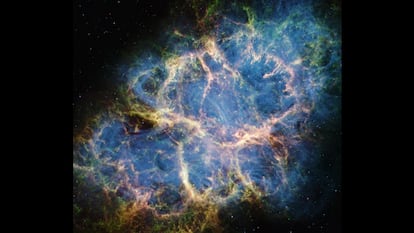
One second to end what the universe has built in 10 million years
Massive stars create heavy elements from lighter ones through fusion, eventually forging an iron core over millions of years. Then, in just a few seconds, the star blows up

Massive stars create heavy elements from lighter ones through fusion, eventually forging an iron core over millions of years. Then, in just a few seconds, the star blows up

At the center of our galaxy, hidden behind dense clouds of gas and dust, the black hole Sagittarius A* rotates rapidly, dragging space-time with it

The depths of the Earth are home to an enormous biosphere, a great unknown that holds fundamental keys to the origin, evolution, and survival of life

Few transformative processes in nature are as extreme as the formation of a star. Those that give light and sustain life on at least one planet were once little more than extremely cold and barely visible clouds of gas
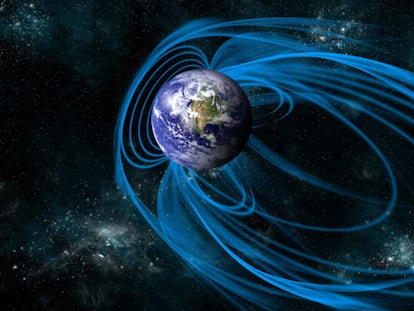
The space around us has a magnetic structure that we have been able to explore with satellites. More importantly, it stops us from being constantly bombarded by particles borne on the solar wind
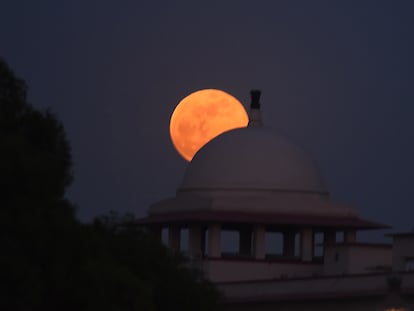
There are two moments in which Earth’s satellite appears to be a different, more reddish, color
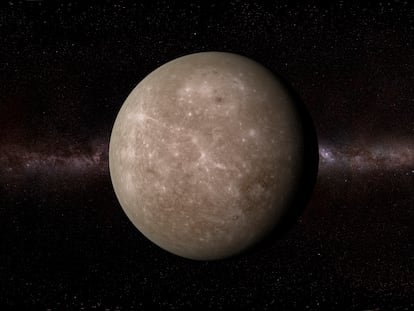
An otherworldly place of untouched craters, unique sunsets, extreme temperatures and a magnetic field that’s hard to understand is right next door, yet we know very little about it
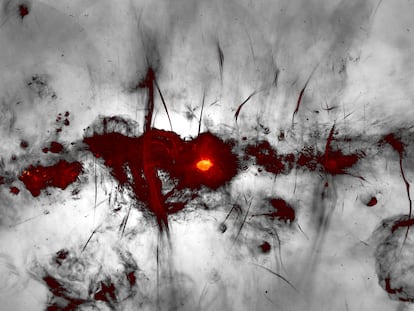
The gases of the interstellar medium are the raw material from which stars are built. This is the fuel that keeps galaxies ‘alive’
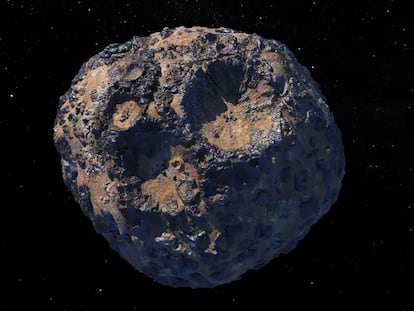
The space probe is being launched this week, and by 2029, it will arrive at an asteroid that’s very rich in metal. Scientists aim to use the data gathered from this space rock to discover more about how the core of our planet was formed
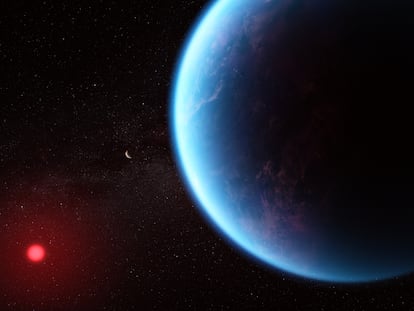
The presence of CO₂ and methane on K2-18 b – detected by the James Webb Space Telescope – suggests that oceans and an Earth-like atmosphere may exist on this exoplanet. However, more comprehensive data is needed to be able to speak about signs of life
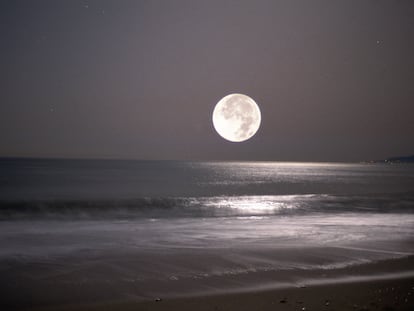
The origin of the water that our satellite contains is unknown, but the process of deciphering it will provide clues about how it arrived on Earth

Planetary protection protocols aim to protect the rest of our Solar System from being contaminated by terrestrial life forms

Science enables us to predict the distant future of our planet, which is expected to become a living hell that we can learn a lot from

Astrophysicists say planetary rings are like tree growth rings and help us understand a planet’s history
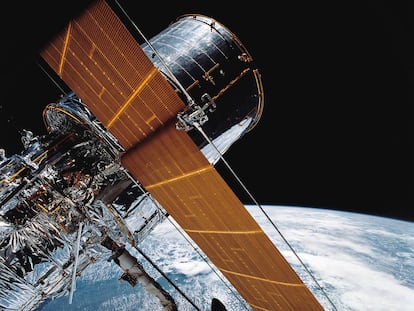
The process of defining the scientific objectives of these large observatories is complex and comprehensive

A ring-shaped formation rich in molecules reveals its secrets thanks to observations by the James Webb space telescope
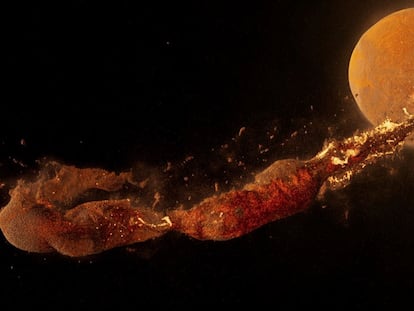
Despite its proximity and having been the focus of many exploration missions, there are still many unanswered questions regarding its process of formation
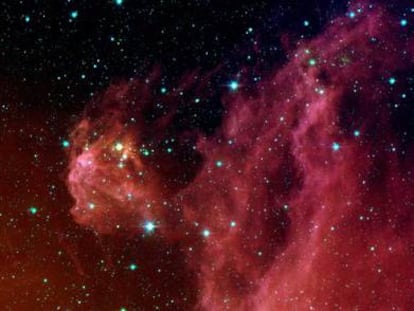
The measurement of time, which is necessary to represent all physical occurrences in the universe, is problematic when dealing with stars
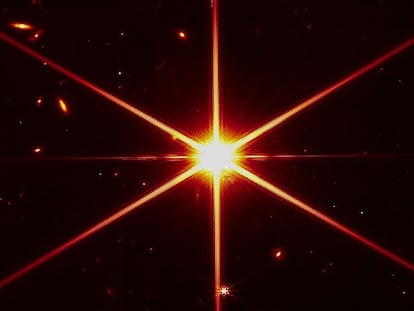
The highest-resolution infrared image ever taken in space proves that the observatory is working as well as the most optimistic models had predicted

The Solar System is sitting at the center of a cavity of hot gas that was formed by exploding supernovae and whose expansion is driving star formation near the Sun

The existence of a new planetary body could explain the peculiar movements of celestial objects orbiting beyond Neptune